10 Habits of People Who Dress for Themselves Instead of Everyone Else’s Approval
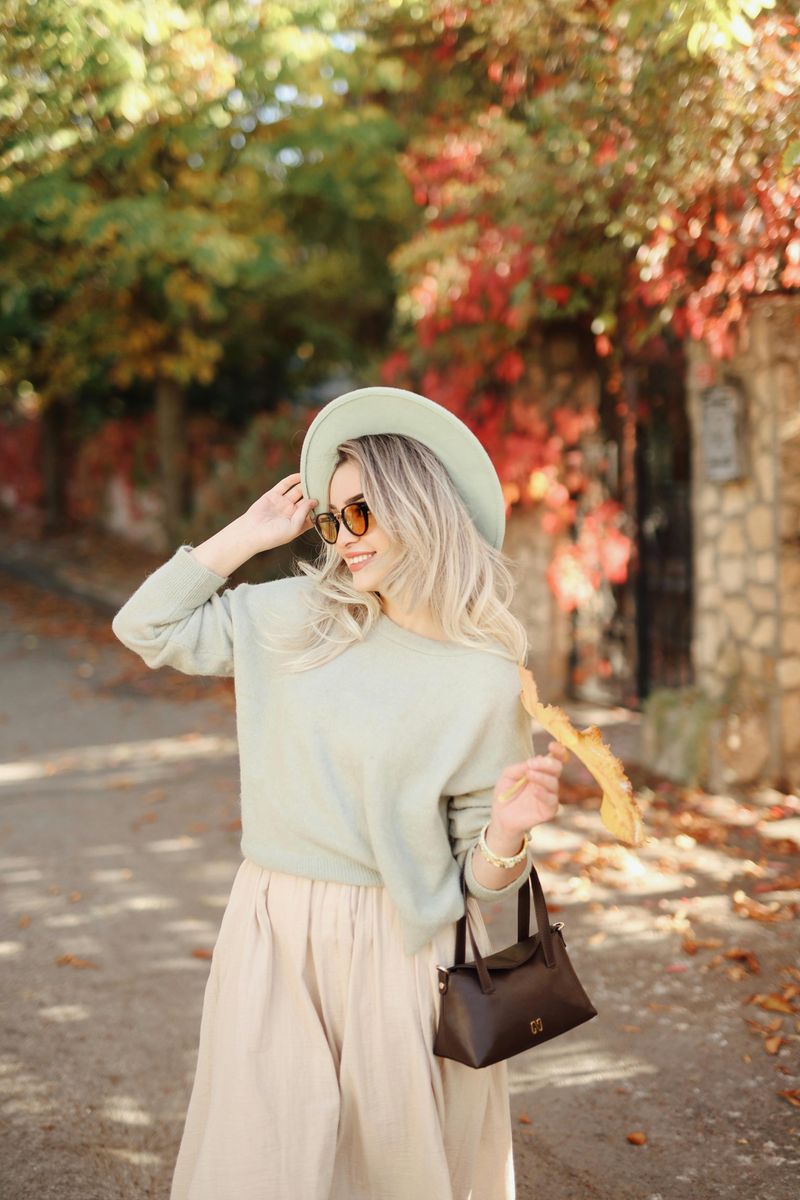
Getting dressed shouldn’t feel like preparing for a performance or seeking someone else’s approval. People who dress for themselves have discovered something powerful: clothing can be a form of freedom, not a test to pass. They’ve learned to trust their instincts, wear what feels right, and let their wardrobe reflect who they truly are instead of who they think they should be.
1. Prioritizing Comfort Without Apology
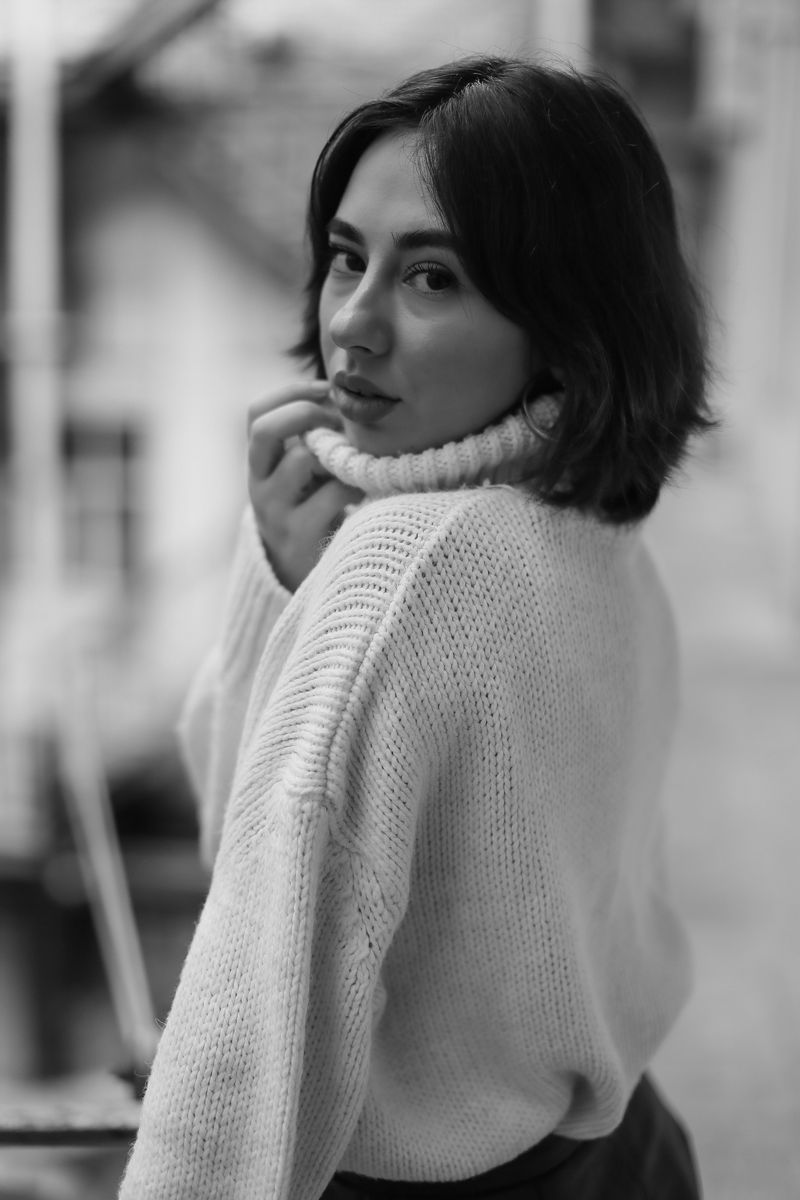
Fabrics that feel like a second skin matter more than anything hanging in a magazine spread. People who dress authentically choose soft cottons, breathable linens, or stretchy materials that let them move through their day without restriction. Tight waistbands and scratchy tags have no place in their closets.
Emotional comfort counts just as much as physical ease. Wearing something that makes you feel awkward or self-conscious drains your energy faster than a morning without coffee. When comfort leads the way, confidence naturally follows, creating a relaxed presence that no trend can replicate.
Ignoring comments about what’s supposedly flattering becomes easier over time. True style isn’t about hiding or highlighting certain body parts based on outdated rules.
2. Refusing to Chase Every Trend
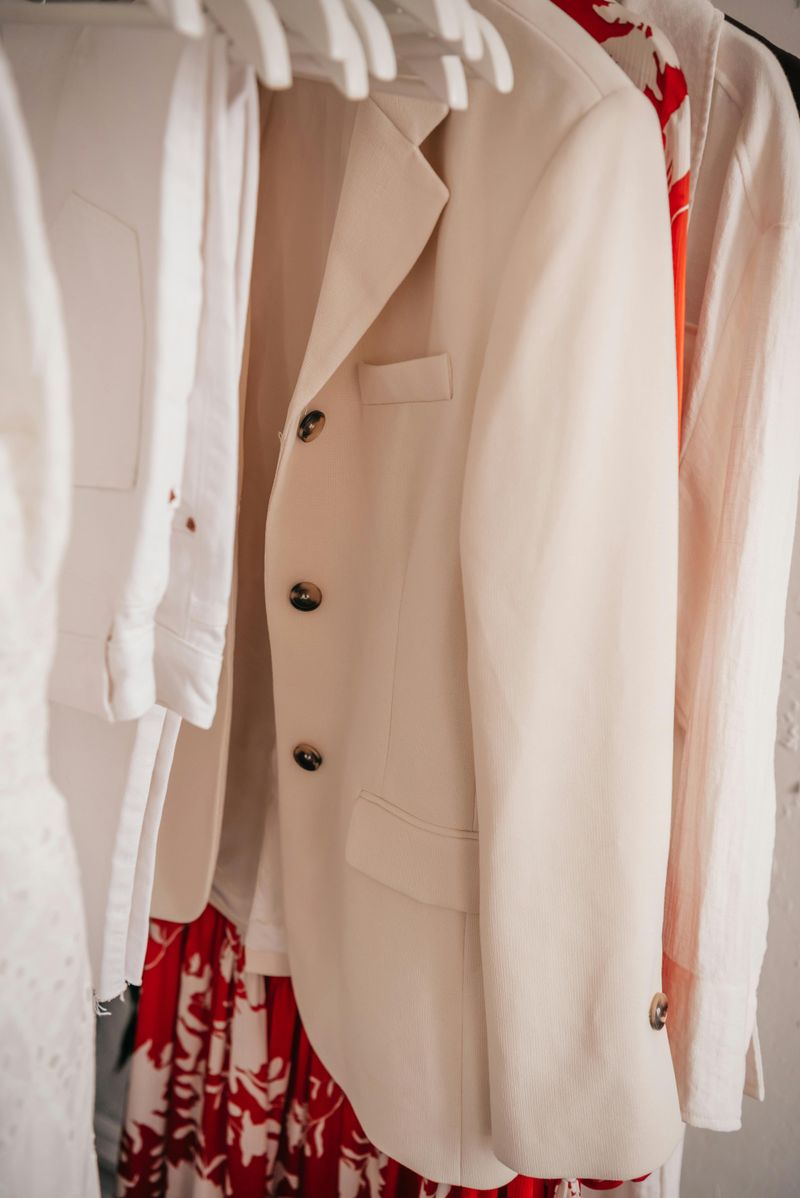
Fast fashion cycles spin faster than ever, but some people have learned to step off the carousel entirely. Building a wardrobe around timeless pieces that genuinely resonate creates a collection that feels cohesive year after year. Seasonal shopping frenzies lose their appeal when you know exactly what works for your lifestyle.
Curating instead of accumulating becomes the guiding principle. Each item earns its place by fitting seamlessly into existing outfits and reflecting personal taste rather than fleeting popularity. This approach saves money, closet space, and the mental exhaustion of constantly reinventing yourself.
Personality shines through consistency, not constant change. A signature style develops naturally when you stop trying to keep pace with everyone else’s wardrobe updates.
3. Using Clothes as Self-Expression

Every morning presents a blank canvas waiting for color, texture, and mood. Clothing becomes a language without words, communicating personality before a single conversation begins. Vintage band tees, bold jewelry, quirky socks—these details tell stories about interests, experiences, and what makes someone tick.
Conformity feels suffocating when your inner world bursts with creativity. Mixing unexpected elements like formal blazers with graphic tees or pairing delicate florals with chunky boots creates visual interest that standard outfits never achieve. Fashion transforms from obligation into art.
Identity shifts and evolves, and wardrobes should too. Experimenting with different aesthetics helps people discover new facets of themselves without needing permission from trend forecasters or style gatekeepers.
4. Willingly Repeating Favorite Outfits
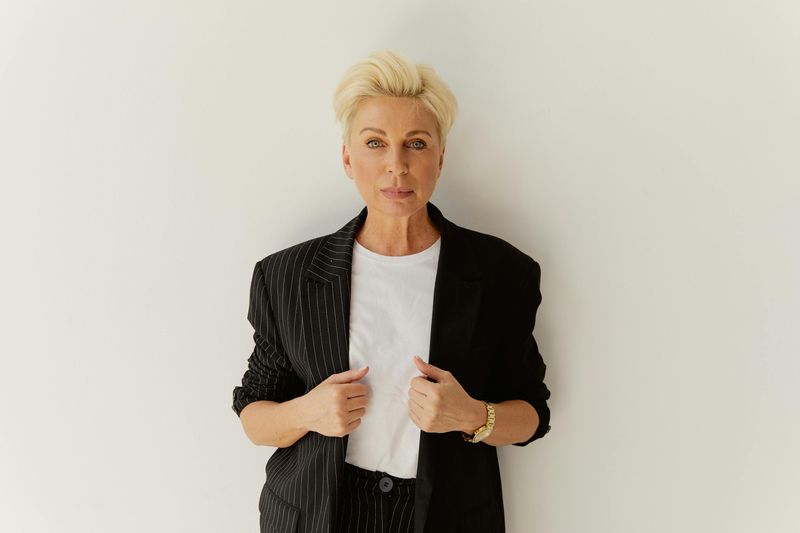
Why save the best for special occasions when every day deserves to feel special? Wearing beloved pieces repeatedly demonstrates genuine affection for your wardrobe rather than treating clothes like disposable props. That perfect pair of jeans or ideal sweater becomes a trusted friend, not something to ration.
Social media pressure to showcase constant newness creates unnecessary anxiety. Real life isn’t a photo shoot requiring endless costume changes. Confidence comes from feeling good, not from ensuring nobody sees the same outfit twice in a month.
Favorite clothes improve with age and wear. Broken-in sneakers, softened denim, and perfectly faded tees carry memories and mold to your body in ways fresh-from-the-store items never can.
5. Buying What Aligns With Personal Values
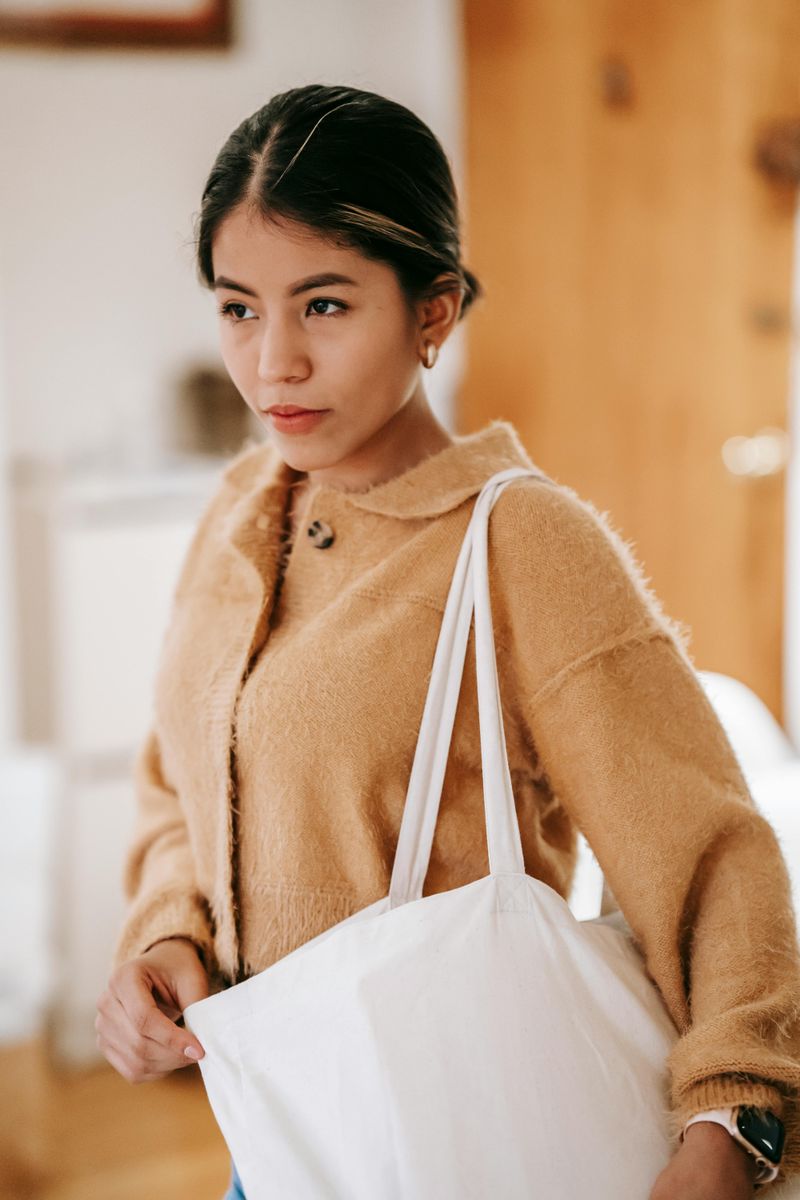
Shopping becomes meaningful when purchases reflect deeper beliefs about the world. Supporting secondhand stores reduces waste while uncovering unique pieces with history. Choosing sustainable brands or cruelty-free materials transforms fashion from thoughtless consumption into intentional action.
Fast fashion’s hidden costs—environmental damage, unfair labor practices, resource depletion—weigh heavily on conscious consumers. Every dollar spent acts as a vote for the kind of industry you want to support. Quality over quantity naturally emerges when ethics guide decisions.
Values-driven shopping requires research and sometimes costs more upfront, but the payoff comes in pieces that feel good inside and out. Knowing your clothes didn’t harm people or planet adds invisible comfort no fabric softener can provide.
6. Not Seeking Constant Compliments
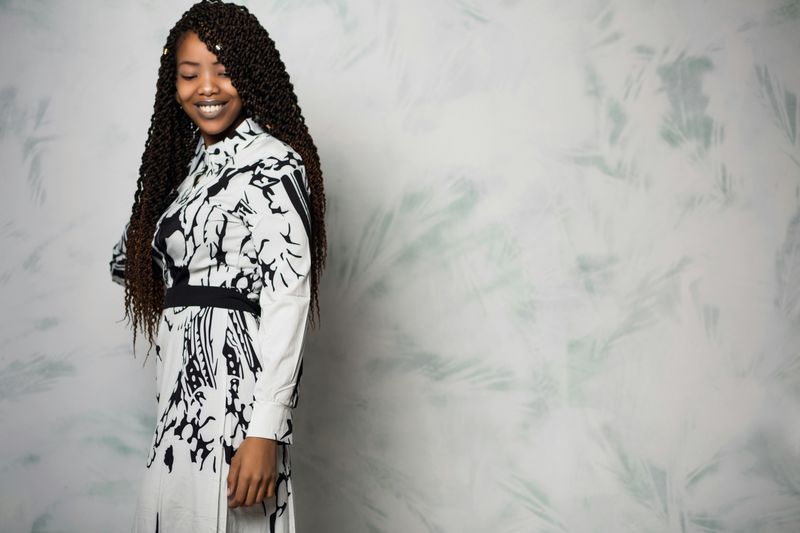
Dressing for internal satisfaction rather than external praise creates unshakable confidence. Compliments feel nice but aren’t the goal or measure of success. When self-approval comes first, other people’s silence or criticism loses its sting entirely.
Validation-seeking turns getting dressed into an exhausting performance with an unpredictable audience. Some days nobody notices your effort; other days the wrong people comment for the wrong reasons. Breaking free from this cycle means reclaiming mornings as personal rituals instead of auditions.
True style confidence shows in how you carry yourself, not in how many people stop you for outfit compliments. Peace comes from knowing you look exactly how you want to look, regardless of who’s watching or what they think.
7. Experimenting Without Fear
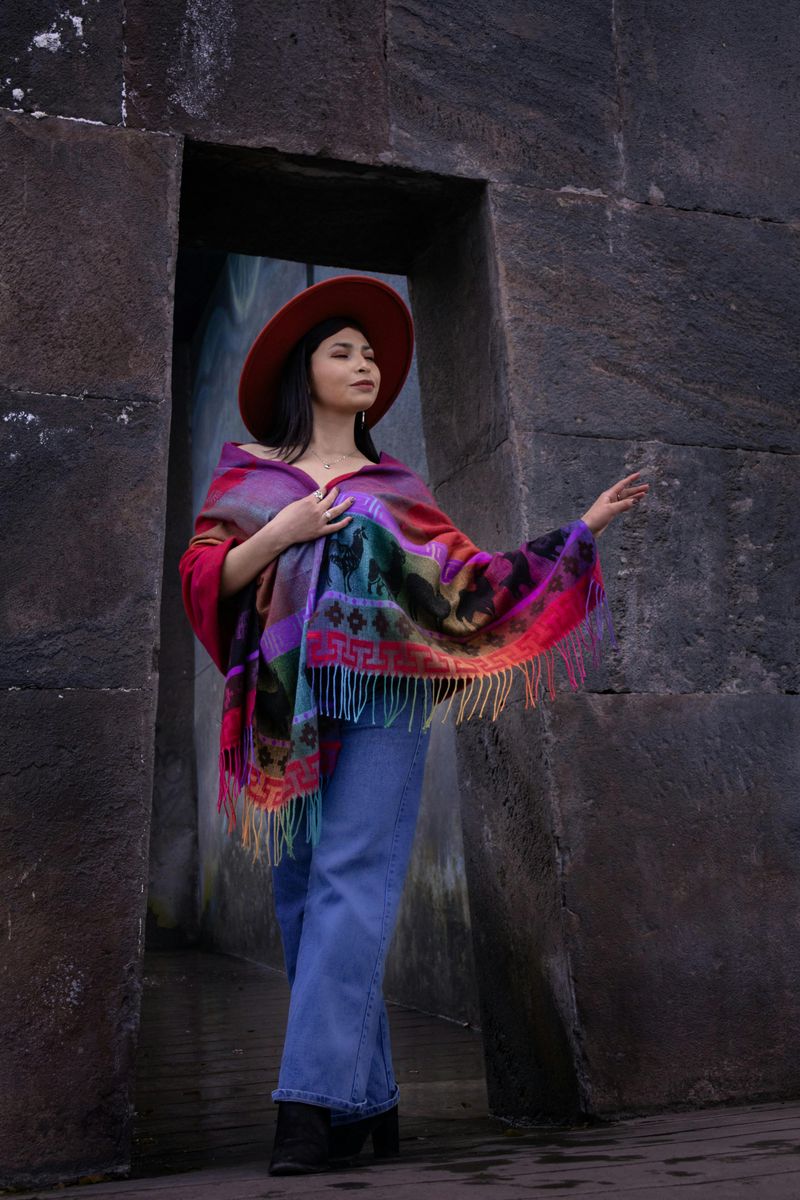
Fashion rules exist to be broken, bent, and completely ignored when creativity calls. Mixing polka dots with stripes, pairing unexpected colors, or trying silhouettes that defy conventional wisdom brings joy back to getting dressed. Mistakes become learning opportunities rather than catastrophes.
Playfulness keeps style fresh and exciting. Treating your wardrobe like a costume box encourages risk-taking without real consequences. The worst outcome? Changing clothes. The best outcome? Discovering a combination that feels uniquely, perfectly you.
Bold choices attract both compliments and criticism, but the opinion that matters most is your own. Experimenting builds style confidence faster than playing it safe ever could, teaching you what works through hands-on exploration.
8. Dressing With Intention, Not Obligation
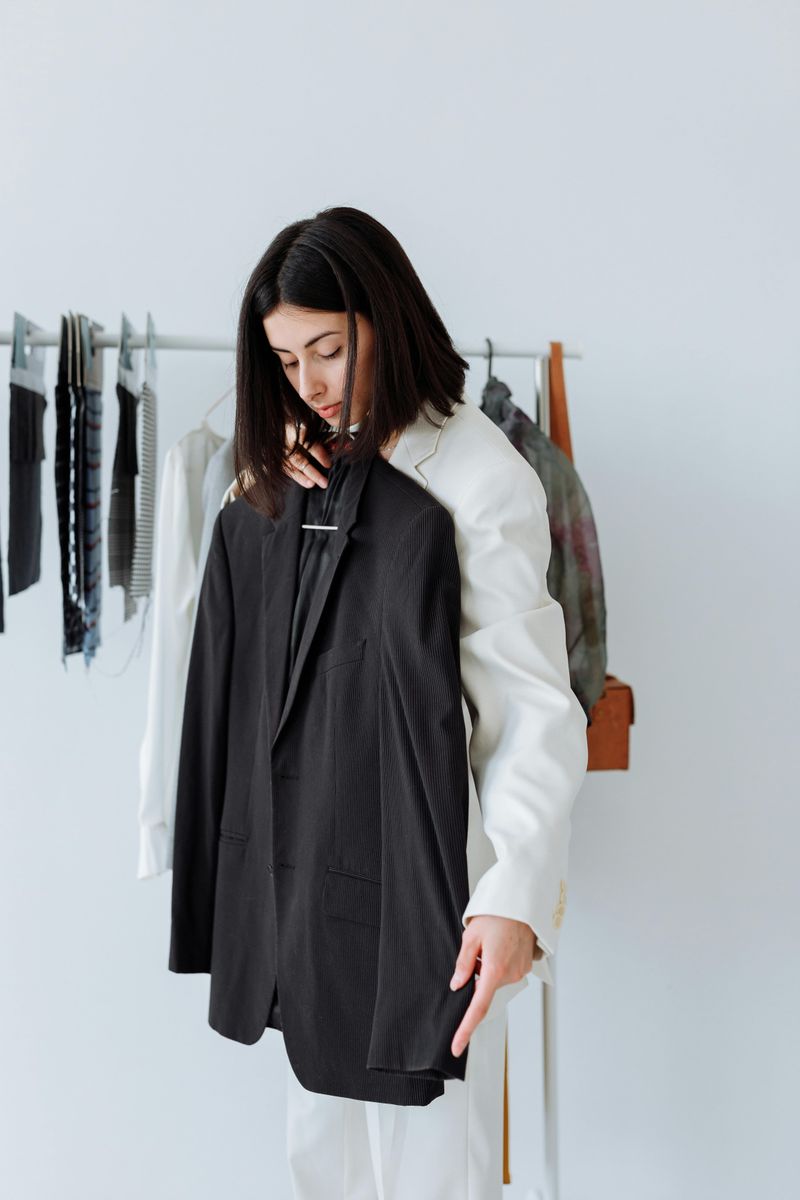
Purpose drives every wardrobe choice when you dress for yourself. Clothes should bring comfort, boost confidence, or spark joy—not fulfill arbitrary social requirements. Ditching uncomfortable heels for important meetings or skipping formal wear at casual events becomes liberating rather than rebellious.
Obligation-based dressing drains energy and authenticity. Wearing something because you think you should, not because you want to, shows in your posture and mood. Intentional choices align outer appearance with inner truth, creating harmony instead of conflict.
Questioning why you reach for certain items reveals patterns worth examining. Do those dress pants make you feel professional or trapped? Does that outfit bring genuine happiness or just meet expectations? Answering honestly transforms wardrobes into tools for living better.
9. Dressing for Mood and Energy, Not Occasion
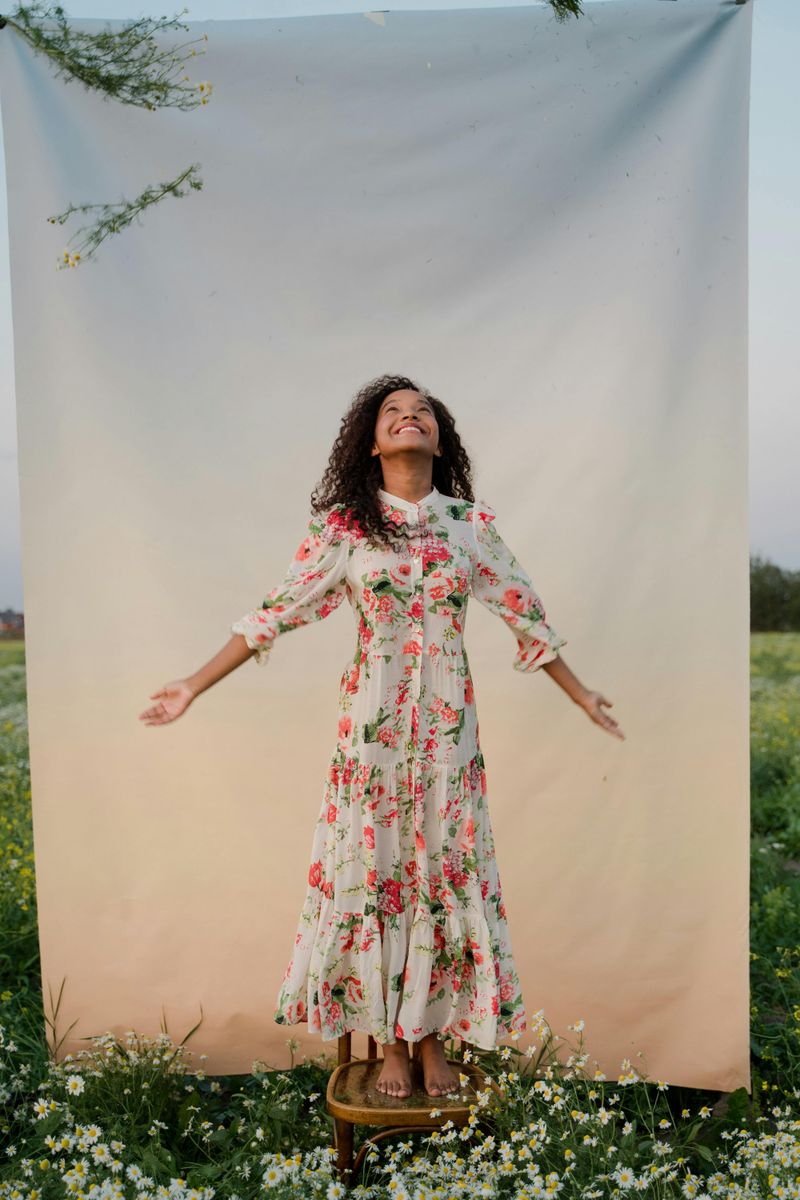
Internal weather matters more than dress codes when authenticity guides your style. Feeling adventurous might mean bold colors and statement pieces, while contemplative moods call for muted tones and simple lines. Honoring your emotional state through clothing creates alignment that rigid occasion-based rules never achieve.
Formal events don’t automatically require uncomfortable outfits if you find elegant alternatives that suit your energy. Casual gatherings can still showcase elevated style when that’s what feels right. Matching clothes to your current vibe instead of external expectations keeps you grounded and genuine.
This approach requires tuning into yourself each morning. Checking in with your feelings before opening the closet transforms getting dressed from routine task into self-care practice.
10. Valuing Quality and Longevity Over Fast Fashion
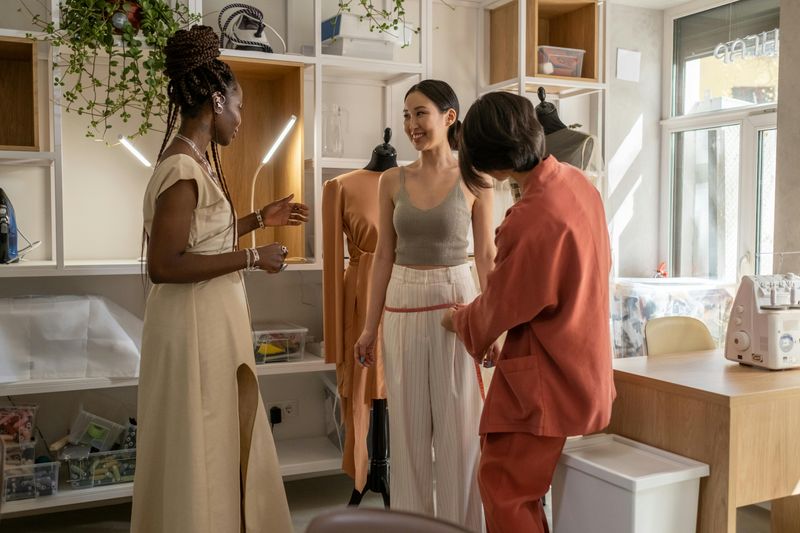
Well-made clothing feels different from the first touch. Sturdy seams, quality fabrics, and thoughtful construction mean pieces last years instead of months. Investing in craftsmanship creates a wardrobe that improves with time rather than falling apart after a few washes.
Fast fashion’s appeal fades quickly when you discover the satisfaction of owning fewer, better things. Each quality piece carries more meaning and versatility than a closet stuffed with disposable trends. Repairs become worthwhile when clothes are built to last and worth preserving.
This mindset shift takes time but transforms shopping from mindless habit into meaningful acquisition. Saving for one perfect jacket beats buying five mediocre ones that never quite satisfy or survive a season.

Comments
Loading…